For an internal communication plan within an Education and Training Facility (ETF), particularly one that aims to be efficient, effective, and easily understandable by all stakeholders, the following table header example can be a good recommendation to be taken into consideration. This structure ensures clarity, responsibility delineation, and straightforward tracking of communication activities, including the monitoring of the desired outcomes:
Activity | Purpose/ Objective | Target Audience | Responsible Party | Communication Channel/Method | Frequency/ Timing | Products/ Deliverables | KPIs/ PIs Measurement | Status/ Updates |
| Example: Quarterly Newsletter | To update stakeholders on recent developments, achievements, and upcoming events. | ETF Staff, Instructors, Students, External Partners | Public Affairs Officer (PAO) | Email, ETF Website | Quarterly | PDF Newsletter, Website Post | % of audience engaged (email open rate, website visits) | In progress; next issue due MM/YYYY |
Activity: The specific communication task or event (e.g., quarterly newsletter, stakeholder meeting, policy update announcement).
Purpose/Objective: What the communication activity aims to achieve (e.g., inform, engage, educate, gather feedback).
Target Audience: Who needs to receive the message (e.g., internal staff, instructors, students, external partners, regulatory bodies).
Responsible Party: The individual or department accountable for the creation and distribution of the communication content.
Communication Channel/Method: How the message will be delivered (e.g., email, website, face-to-face meeting, social media).
Frequency/Timing: How often and when the communication will take place (e.g., daily, weekly, monthly, quarterly, annually, or ad-hoc for specific events).
Products/Deliverables: Specific outcomes or products resulting from the communication activity (e.g., PDF newsletter, website post, policy document, feedback report).
KPIs/Measurement: Key Performance Indicators or metrics used to evaluate the effectiveness of the communication (e.g., engagement rates, feedback quality, compliance rates).
Status/Updates: Current status of the communication activity (e.g., planning, in progress, completed) and any relevant updates or notes.
This example structure supports a systematic approach to managing internal communications within an ETF, ensuring that all stakeholders are informed, engaged, and aligned with the ETF’s goals and activities. This table can be adapted to the needs of the organization/training facility. Columns may be added or taken out depending on the activities/processes monitored.
The template can be downloaded by clicking here.
Feel free to comment using the form below.
Thank you in advance for your input!


Appreciation
No problem
In reply to Appreciation by amerrikovic